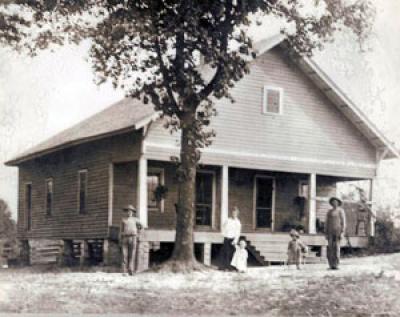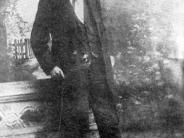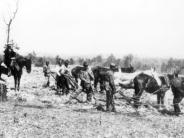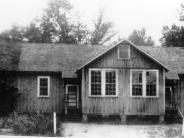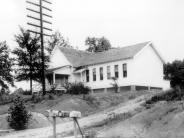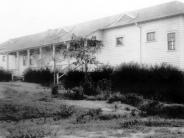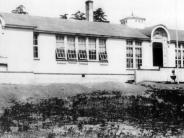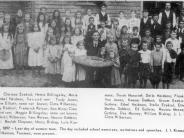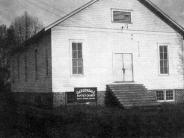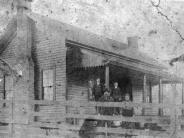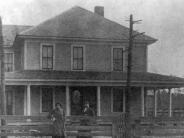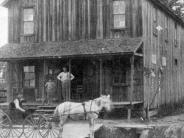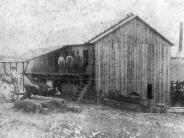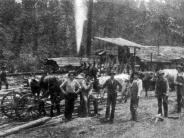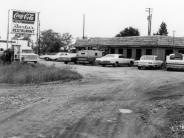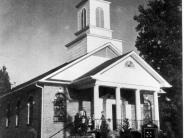Gardendale History
[Payne House] The early settlers of this area, most of them veterans of the War of 1812, recognized the beautiful woodlands as a productive area. Otis Dyer first homesteaded 80 acres in 1825. By the outbreak of the Civil War, a dozen families had claimed land — buying most of it from the government for twelve-and-a-half cents an acre.
After the Civil War, when the surrounding coal mines opened in the 1870s, Gardendale’s population doubled almost overnight. A grist mill was opened in 1873, built by Union soldier William H. Parker. A cooperative community canning plant for fruits and vegetables and a general store, opened by James Kimmons, soon followed.
Mr. Kimmons deeded one acre of land for the town’s first church in 1876. Known as Chalybeate Baptist Church, it later became First Baptist Church of Gardendale.
The growing settlement was first called Jugtown after a jug and a churn factory operated near where the Village Green shopping center is located today. However, this named proved to be embarrassing to a local school teacher, Hettie Thomason Cargo, and she began a drive to have the town renamed. “Gardendale” was chosen in 1906.
[historyshot] John T. Milner, industrialist, developed the nearby New Castle coal mines as one of his pursuits. He donated the lumber for Gardendale’s first grammar school in 1892, called Milner School. Milner School was located on Mount Olive Road near the present elementary school.
At the turn of the 20th century, many people who worked in and around Birmingham moved to Gardendale from some of the northern counties of the state. The population continued to increase and the area greatly expanded due partly to both World War I and World War II.
Gardendale was incorporated and became a city in 1955. Mr. J.I. Pesnell was elected as the first Mayor. Gardendale now has a land area of 57 square miles and boasts approximately 470 businesses, 5 public schools, 2 private schools and more than 25 churches within the city limits. The population is approximately 13,000.
Interstate 65, on the western edge of the city was completed in 1985 and has stimulated commercial growth along Fieldstown Road. A Chamber of Commerce was organized in 1987 and has influenced the city’s development as its membership has grown.
The members of Gardendale’s city government, schools, P.T.A.’s, local civic clubs and churches often work together for the good of the community. This combined effort has increased civic pride and encouraged all citizens to participate in the many activities that are available to them.
Projects
Photographs This project calls for photographs taken in and around the Gardendale area. This can include old family photographs, churches, schools, farms, or just about anything that will show the rich history of Gardendale. Memorabilia Anything from the coal mines (even clackers), records from local business, artifacts, and school and school memorabilia. We invite you to bring research ideas to us! History students of all ages, schools, history buffs and Gardendale residents are all encouraged to make the Historical Society their favorite resource.
The Gardendale Historical Society meets ever third Saturday of the month at the Gardendale Martha Moore Library at 10 AM to present a speaker on interesting historical subjects.
The Historical Society Museum is open each Thursday and Saturday from 10 AM until 2 PM (except the third Saturday of the month open from 12 12-2 PM). For more information please see our facebook page: Click Here
The Historical Society Museum is located at 125 JD Weeks Drive Gardendale, AL 35071
CLICK HERE to download a membership form.


